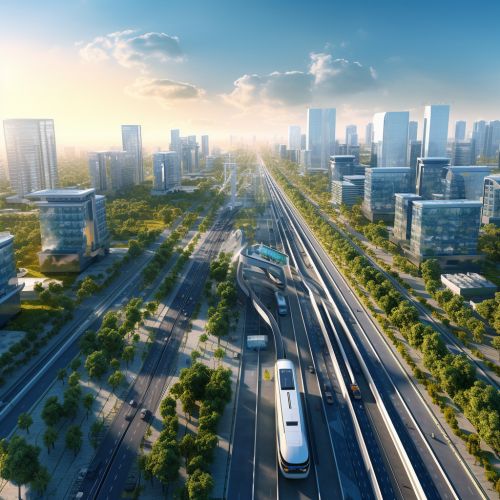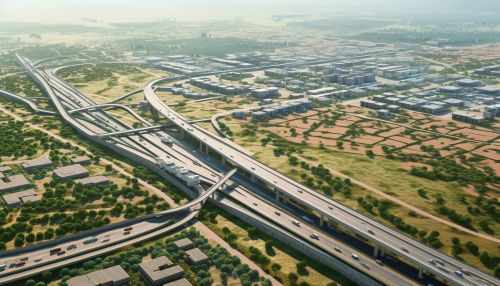China's Belt and Road Initiative
Overview
The Belt and Road Initiative (BRI) is a global development strategy adopted by the Chinese government involving infrastructure development and investments in nearly 70 countries and international organizations in Asia, Europe, and Africa. The initiative was first proposed by President Xi Jinping in 2013, with the aim of enhancing regional connectivity and embracing a brighter future together.
Background
The Belt and Road Initiative is so named because it consists of two main components: the "Silk Road Economic Belt" and the "21st Century Maritime Silk Road". The "belt" refers to the overland routes for road and rail transportation, termed "belt" due to the long, stretched-out nature of the infrastructure. The "road" refers to the sea routes, or the maritime shipping lanes. The initiative is seen as a modern-day version of the historic Silk Road that connected East and West, reflecting China's ambition to take on a larger role in global affairs.


Objectives
The main objectives of the Belt and Road Initiative are policy coordination, facilities connectivity, unimpeded trade, financial integration, and people-to-people bonds. It aims to build a trade and infrastructure network connecting Asia with Europe and Africa along the ancient trade routes. It is also intended to further market integration and create a regional economic cooperation framework beneficial to all.
Implementation
The implementation of the Belt and Road Initiative is being carried out through a series of projects related to infrastructure development including railways, highways, oil and gas pipelines, power grids, and port construction, among others. These projects are financed by various sources including the Asian Infrastructure Investment Bank (AIIB), the Silk Road Fund, and the New Development Bank.
Criticisms and Controversies
Despite its ambitious goals, the Belt and Road Initiative has been met with criticism and controversy. Critics argue that it is a means for China to extend its influence at the expense of other countries, potentially leading to a form of economic colonialism. There are also concerns about the lack of transparency, sustainability, and social impact of the projects.
Impact
The Belt and Road Initiative has had significant impacts on the economies and geopolitics of the countries involved. It has the potential to accelerate economic growth across the Asia-Pacific region and Central and Eastern Europe. However, it also poses challenges in terms of managing the complex issues related to cross-border infrastructure development.
